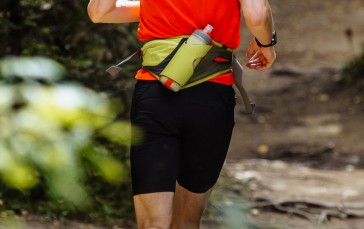The Most Difficult Ultramarathons in the World
They say there is something special and may be deviously twisted about ultramarathons, as they are extremely challenging and hard but are equally enticing and make people believe that they are worth trying. You may already be training for a long-distance run, but if you want to challenge yourself more, learn about the most difficult ultramarathons in the world first. So, put your running socks on, get the finest running shoes, and decide which of the following ultra marathons deserves your presence.

The Jungle Ultra
The jungle ultra-marathon is not an easy race but it is a memorable experience and one you will cherish throughout your life. This marathon covers approximately 142.6 miles in the humid climate of rain and cloud forest. The temperature in these forests is extremely hot and stays up around 90 degrees during the day. It’s the humidity that is the most overwhelming.
Apart from the rough weather and climatic conditions, the elevation changes are the biggest hurdle in this marathon. There are 9000 ft elevated pathways and 70 rivers that need to be crossed to reach the finish line and you carry all your essential supplies and back up throughout the marathon.
Despite the hurdles and challenges, you experience life in the wild with breathtaking scenery and rare wildlife species to observe and capture in your travel camera. If you do manage to reach the fifth stage of Jungle Ultra, you get to experience the lifestyle of several indigenous tribes as well.
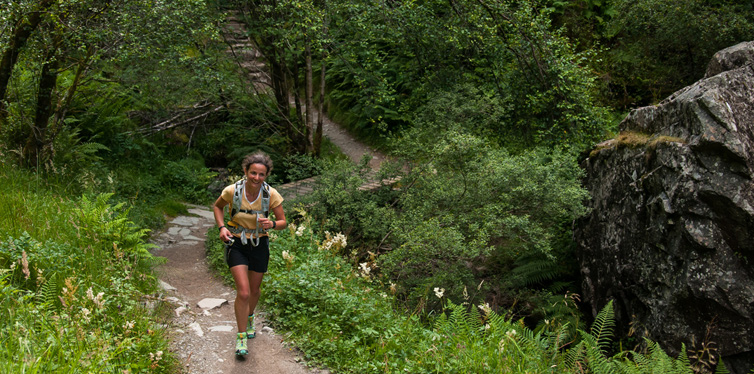
The Wicklow Round
Wicklow Round is an ultra-marathon that takes place in beautiful County Wicklow, Ireland. It is not a formal marathon but more of a solo round that can be taken any time of the year. This marathon covers 114 km including mountains and steeps. There are 26 peaks and 6000m climbs throughout the length of this mountainous marathon.
The highest peak on the route is Lugnaquilla, the 11th highest peak in Ireland. The minimum recorded time to complete this ultra-marathon is 17 hours 53 minutes which is a very tough act for other marathon runners to follow. If you are a travel enthusiast with the love of mountain climbing than grab your mountaineering gear, this marathon is the right one for you.
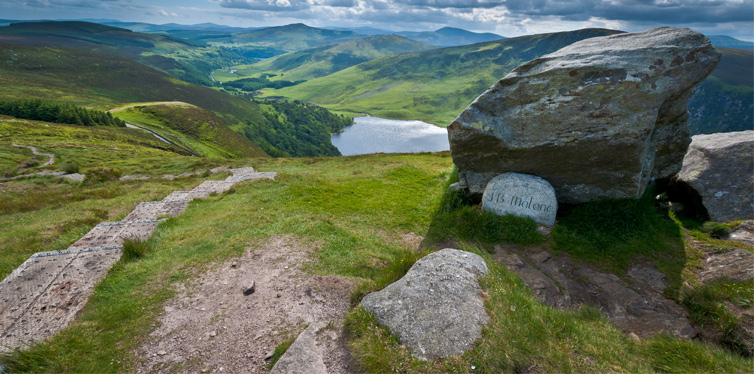
Marathon des Sables
Marathon de Sables began in 1986 and is considered less challenging than other marathons. It is 156 miles long in 100+ degree temperatures through the Sahara desert. After hot, dry climatic conditions, the biggest hurdle of the marathon carrying your running backpack with essential supplies and survival gear you need for a life in the arid desert for a week. The exception is water, thankfully supplied in abundance by the hosts. The host also arranges deserts tents along the route for the night stays which is an added facility for desert survival during the race.
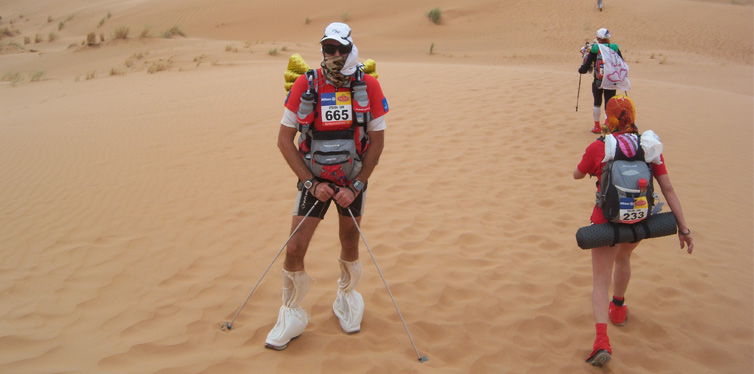
Dragon’s Back Race
Dragon’s Back Race is a very challenging marathon held in Wales. It is a 188-mile long race from the north of the country to the south. The race begins at Conwy Castle and ends at Carreg Cennen Castle and the participants have to cross 56,000 feet of rough and difficult climbs in between. The toughest part of the marathon is the lack of a marked trail to follow, which means that runners have to navigate their own way.
The race continues for five days out of which first two are the most difficult as the start of the route comprises mostly of rocky terrain with tough climbs which often break the courage of the runners. The marathon was first organized in 1992 but due to its difficulty level, wasn’t held again for 20 years. It was resumed in 2012 and is now organized every alternate year. In 2017 only 127 participants from 223 made it to the finish line which is the highest number of successful runners ever in this marathon.
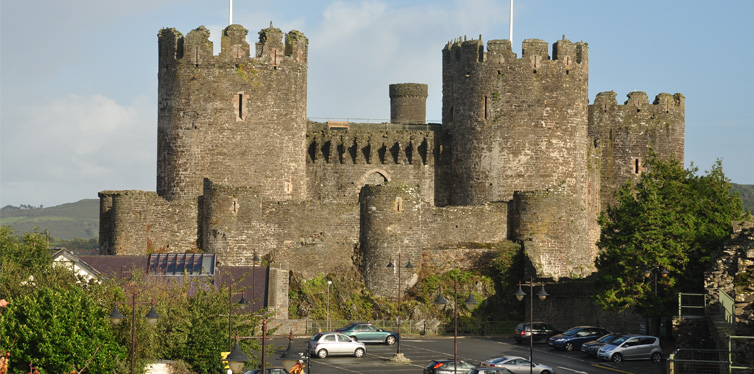
Barkley Marathon
The Barkley Marathon is one of the most unorganized and unpredictable races and was once described as ‘The Race That Eats Its Young’ for a documentary. This race started 30 years ago and only 20 successful runners have made it to the finish line to date. The official website for this marathon is not updated and there is no defined start time which limits its participants.
The exact distance of the marathon is not determined and is hundreds of miles including over 60,000 feet of elevation. The most difficult phase of the marathon is through Tennessee’s Frozen Head State Park. The runners also have to run five loops of 20 miles each in only 60 hours. To add to the level of toughness runners are not allowed any gadgets or electronic devices to navigate their way. This is one of the deadliest marathons and only high-level competitors dare participate in it.
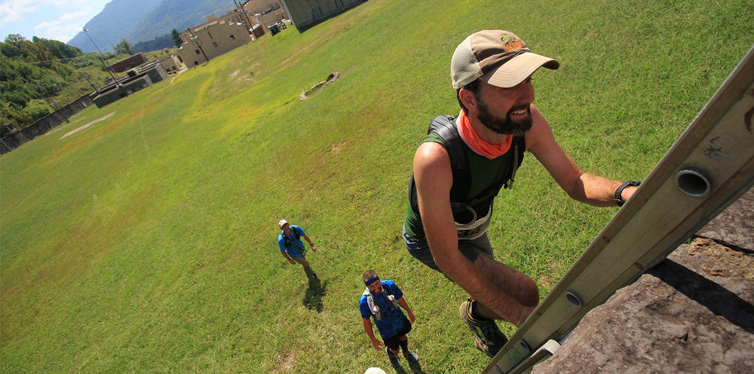
Ultra Trail du Mont Blanc
Ultra Trail du Mont Blanc is entitled as ‘The Race of All The Superlatives’ and is one of the most popular ultra-marathons. This race held in Europe covers the territories of France, Switzerland, and Italy. The runners climb 8,200 feet of elevation which are more difficult to cross than climbing on Mount Everest. Besides elevations, there are downhill tracks in the way and the weather conditions are usually quite rough with plenty of snow, sleet, and rain. The total allotted time to finish this race is just 46 hours including sleep and meal times which adds further to its level of toughness.
The marathon is not open for everybody and has strict selection criteria. The runners have to earn at least 15 points from the preceding marathons to apply for the Ultra Trail du Mont Blanc. These points must be earned in only three marathons on the basis of difficulty level and ranking. Not all the applicants with 15 or more score make their way to the marathon but are shortlisted for the final race. Making it to the finish line in this marathon is not easy due to its difficulty level and time constraint and is challenging for even top runners of the world.
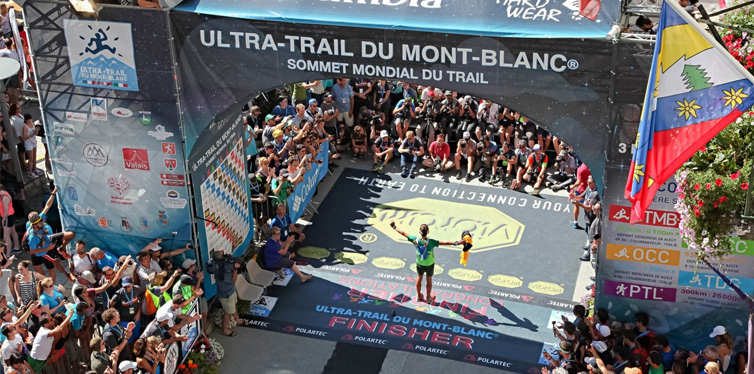
Race across America
Race Road America is the world’s toughest bike race held in America. The cyclists have to cover 3,000 miles across 12 states in only 12 days. They climb to around 17,000 vertical feet throughout their ride and have to cover the distance of 250-350 miles per day to reach the finished line on time. The racers require intensive training and must be able to ride bikes continuously for 12 days with only a few hours’ sleep and rest in between.
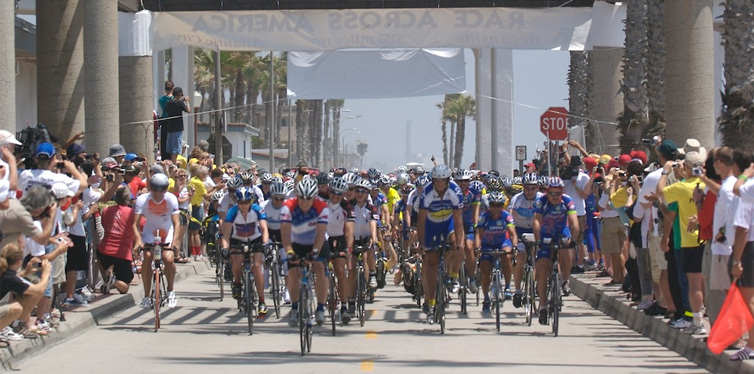
Badwater Ultramarathon
The Badwater Ultramarathon is one of the toughest ultra-marathons across the world. This race is conducted in the United States in Death Valley and is usually held in mid-July when the temperature is at its highest, reaching up to 54-degree centigrade. The race covers a distance of 217 km from below sea level up to a height of 2584 m. The marathon ends in the state of California at Mount Whitney and the total allotted time is a mere 48 hours.
Due to this extreme time limitation, not all runners reach the finish line and approximately 30% fail to achieve the target. The last recorded time to date is 21 hours 51 minutes which was by the Brazilian runner Valmir Nunes about a decade ago. The main attraction of this marathon is that each successful runner who reaches the finish line in the allotted time is presented with a commemorative belt and buckle.
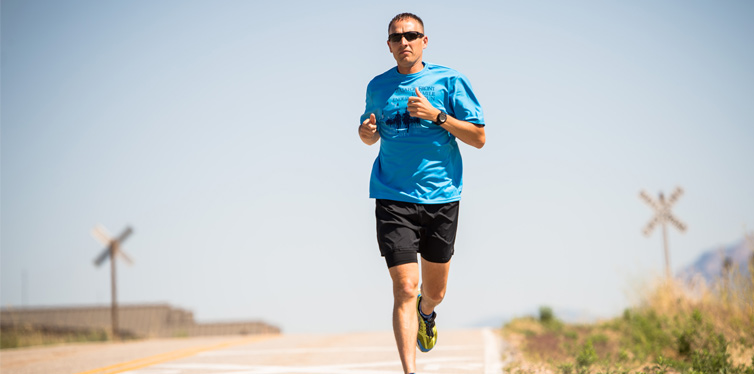
Volvo Ocean Race
Volcano ocean race covers the longest distance in all the ultra-marathons. It is a boat race and the participants are required to cover the distance of 38,739 miles between the ports. The race is held once every three years and has taken the lives of many sailors. The main challenge of this marathon is the harsh weather conditions and it requires special skills to keep the boat sailing and on course. The sailors have to sail the boat non-stop from the starting point to the finish line. Usually, teams of eight to eleven participants compete against each other to reach the finish line as quickly as possible.
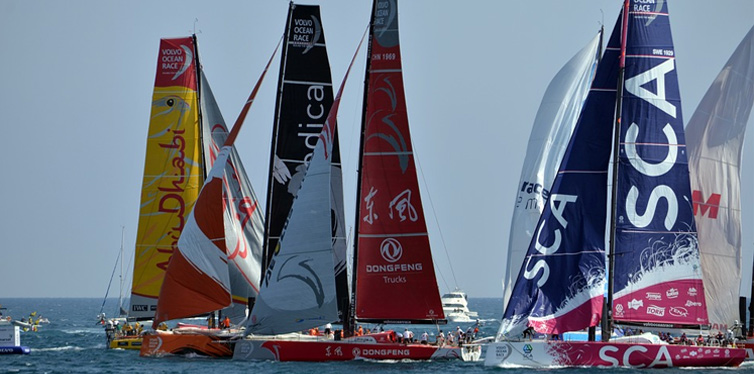
Brutal Extreme Triathlon
The Brutal Extreme Triathlon is a very tough marathon, as its name suggests, comprising of three challenging tasks. The racers have to swim first in an almost frozen lake over the distance of 11.4 km, then cover 540 km hills on their bikes. Finally, they run 126 km up Mount Snowdon, the highest mountain in Wales. It is one of the most challenging and difficult marathons and requires multiple skills.
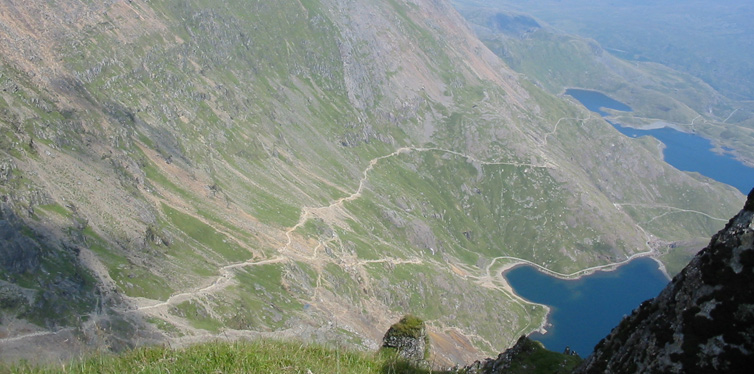
Plain 100
Plain 100 is the on-foot marathon that covers rocky tracks and forest roads. This race is held in Washington and the runners go through Cascade Mountain. The most challenging feature here is the lack of all support stations so if you lose your way or sustain an injury, you are on your own.
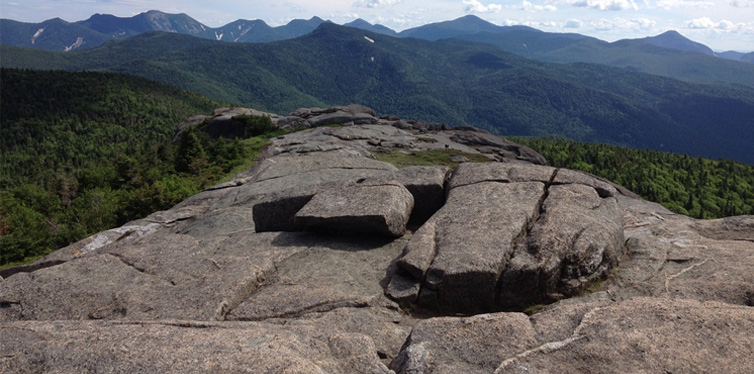
Some Stuff to Have to Get Ready for Your Next Marathon
Whether you’re training for any long-distance, you will need to get some stuff to ensure you’re ready for the challenge ahead. For instance:
Get yourself the best running shoes
Ideally, you should be running a marathon in a pair of shoes with no more than 100 miles in it. When buying running shoes, it is a good idea to pay attention to the “shoe’s drop”, which refers to the difference between the forefoot and the heel measurements. Keep in mind that a higher drop is going to result in more heel striking, which may not be very comfortable and even increase the risk of injury. Sometimes, it is a good idea to train in heavier shoes and then go lighter when you actually run a marathon. Just ensure that you stick to the same brand when going lighter or you will find yourself in trouble.
Never underestimate the importance of using a weighted vest
The biggest benefit of running with a weighted vest is that it increases strength and endurance. You will make your respiratory system and muscles to work extra hard to deal with the additional weight you’re carrying and it will go a long way in building a muscular endurance usually required for long distance runners. Many studies have also found that athletes who run wearing weighted vests are likely to have a lower lactate threshold, improved vertical velocity, and better running time before they feel exhausted.
Get the right type of hydration pack
You will need a hydration pack while training for your next long-distance run because staying hydrated on a run improves your strength, speed, and endurance, and at the same time, helps to prevent hypothermia and overheating, depending on the weather conditions. Another good thing is that a right type of hydration pack allows you to carry enough water along with a headlamp, spare batteries, first aid kit, energy bars, tactical flashlight, some lightweight clothing as well. Sometimes, it also serves as the extra weight you need while training.
Other than these, you should also consider investing in a right type of running jacket because correctly chosen running jackets can keep you cool or warm, depending on the weather conditions, and also improve your visibility while running. Similarly, you may want to invest in a good quality sports watch, as it is going to help you keep track of your progress and tells you how to plan ahead to reach your goal.
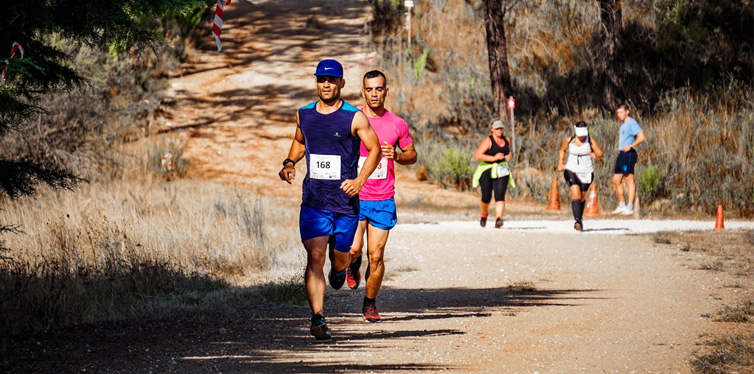
Conclusion
It all boils down to the fact that getting ready for a long-distance race deserves a lot of stamina, endurance, and perseverance. You already know about the most difficult ultramarathons in the world, and if they interest you, start training from today. You already know what you need, don’t you?






